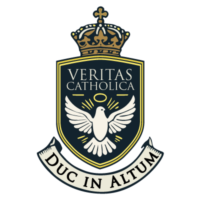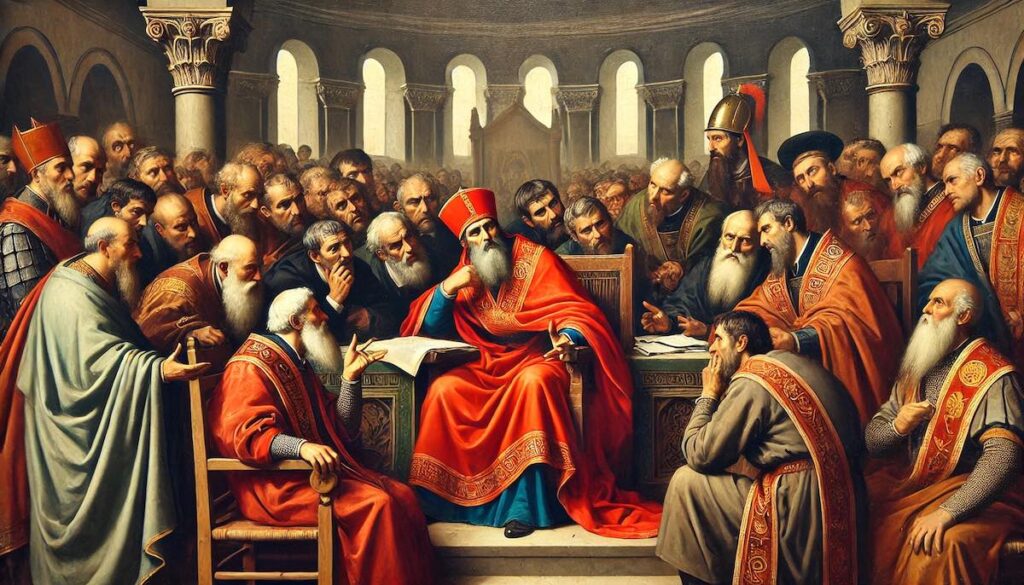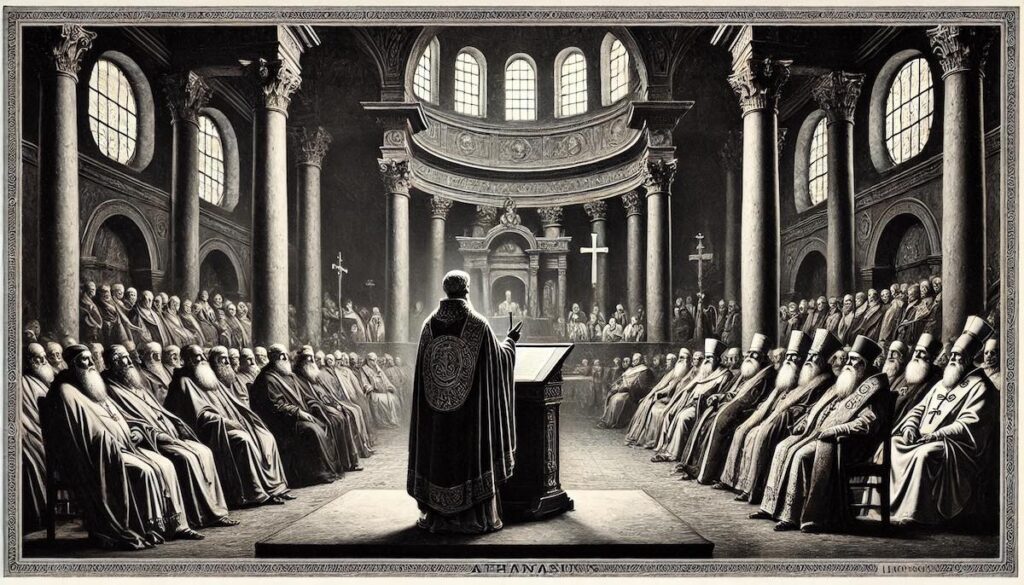The evolution of Christian doctrine is marked by a series of controversies and challenges. From the early debates over the nature of Christ’s incarnation to the later conflicts that reshaped the medieval landscape, this timeline highlights how each heresy emerged as both a reaction to, and a catalyst for, doctrinal clarification within the early Church and beyond.
1st–2nd Century – The Foundations of Controversy
Docetism (1st–2nd Century)
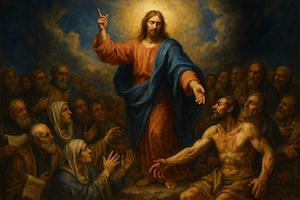
In the very early phase of Christianity, Docetism argued that Jesus’ physical form was but an illusion. This teaching denied the reality of His suffering and crucifixion, prompting early believers to firmly assert the doctrine of Incarnation. Read More »
Gnosticism (1st Century onward)
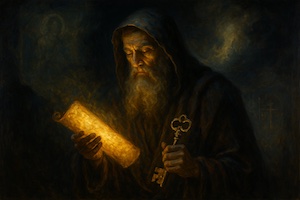
Gnosticism proposed that salvation came through secret, esoteric knowledge and painted the material world as fundamentally corrupt or even evil. Its dualistic approach would influence later doctrinal debates. Read More »
Marcionism (2nd Century)

Marcionism rejected the Old Testament and promoted a radical division between the God of the Hebrew Scriptures and the God revealed by Jesus. Its challenge forced the early Church to more clearly define the continuity of God’s revelation.
Montanism (2nd Century)

Emphasising new prophetic revelations and a stricter moral discipline, Montanism stirred controversy by proposing that the charismatic gifts and new prophecies could supersede the established Church structure.
Adoptionism (2nd Century)

Also known as Dynamic Monarchianism in some circles, Adoptionism held that Jesus was born purely human and was later “adopted” as the Son of God—an idea that prompted early theologians to wrestle with the nature of divinity and humanity in Christ.
3rd Century – Expanding Dualities
Sabellianism (Modalism) (Early–Mid 3rd Century)

Sabellianism, or Modalism, proposed that the Father, Son, and Holy Spirit were different modes or aspects of one single divine person rather than distinct persons. This blurred the later-established distinctions of the Trinity.
Manichaeism (Founded in the 3rd Century)

Manichaeism combined elements of Christianity with a strict dualistic view inherited from Persian and other traditions. It presented a cosmic battle between the forces of light and darkness, influencing later dualist heresies in medieval Europe.
4th Century – Confronting Christology and Ecclesiastical Integrity
Arianism (Early 4th Century)
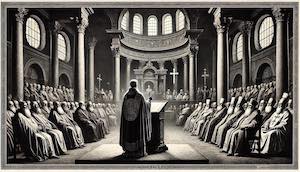
One of the most influential controversies of its time, Arianism claimed that Christ was a created being, not co-eternal with the Father. This view forced the Church to convene the Council of Nicaea (AD 325) to affirm orthodox Christology. Read More »
Donatism (4th Century)

Originating in North Africa after the Diocletian persecution, Donatism argued that the sacraments’ validity depended on the moral purity of their ministers. This debate over ecclesiastical integrity led to lasting divisions in the early Church.
Late 4th to 5th Century – Intensifying the Debate on Christ’s Nature
Apollinarianism (Late 4th Century)

Apollinarianism suggested that while Jesus had a human body, His mind was divine. This teaching compromised the full humanity of Christ and contributed to the broader discourse on the true nature of Christ.
Nestorianism (5th Century)

Nestorianism emerged from a desire to preserve Christ’s humanity by positing that Christ existed as two distinct persons—one divine and one human. It sparked heated debates over the title “Mother of God” for Mary and the proper understanding of the Incarnation. Read More »
Pelagianism (5th Century)
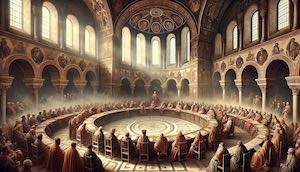
Differing from the focus on Christ’s nature, Pelagianism denied the doctrine of original sin. It claimed that humans could achieve salvation through their own efforts without the need for divine grace, pushing the Church to further refine its theology of grace and redemption. Read More »
5th–7th Century – Reexamining the Nature of Christ
Monophysitism (Late 5th–7th Century)
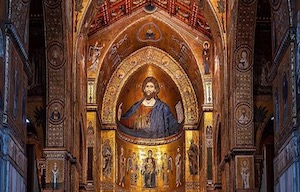
In response to ongoing Christological debates, Monophysitism argued that Christ possessed only one nature—a blended or singular divine nature—which directly opposed the orthodox position that Christ was both fully divine and fully human. Read More »
Monothelitism (6th Century)

As a further development, Monothelitism proposed that while Christ had two natures, He exhibited only one will. This attempt to reconcile conflicting theological views was later deemed unsatisfactory by the Church.
7th Century Onward – Medieval and Early Modern Challenges
Mohammedanism (Islam) (From the 7th Century)
- Overview:
Although not a heresy in the traditional Christian sense as Mohammed was not baptised, Islam is viewed by some early Church writers as a divergent stream emerging from a foundation with similarities to earlier heresies. It rejected key Christian doctrines such as the Trinity and the divinity of Christ.
Iconoclasm (8th–9th Century)
- Overview:
In the Byzantine Empire, debates over the veneration of icons led to Iconoclasm—a movement that argued religious images were idolatrous. The resolution of this controversy had long-lasting effects on Eastern Christian practices.
Catharism (12th–14th Century)
- Overview:
In medieval Europe, Catharism presented a radical dualism, sharply dividing the spiritual realm from the corrupt material world. Its emphasis on asceticism and a strict moral code led to harsh responses from the established Church.
Albigensianism (12th–14th Century)
- Overview:
Closely related to Catharism, Albigensianism flourished in Southern France. Its dualist beliefs and rejection of orthodox sacraments drew a determined inquisition from Church authorities.
Luciferianism (Date Varies; Notably in Late Medieval/Early Modern Debates)
- Overview:
Less well-known but still impactful, Luciferianism argued for a stricter re-admittance of sinners—challenging the Church’s policies on forgiveness. Although it occupied a more marginal space, it reflects ongoing debates about mercy and discipline.
Protestantism (16th Century)
- Overview:
Sparked by the Reformation, Protestantism rejected several foundational Catholic doctrines—including papal authority and the role of tradition in favor of sola scriptura (Scripture alone) and sola fide (faith alone). What began as a reform movement quickly came to be seen as doctrinally divergent by the established Church.
Jansenism (17th Century)
- Overview:
Later, Jansenism emerged within the Catholic context as a reaction emphasizing predestination and human depravity. With its rigorous view of grace and sanctity, it stirred controversy and provoked significant theological debate, echoing earlier disputes about the nature of salvation.
Conclusion
This timeline demonstrates that the process of defining orthodox Christianity was neither linear nor simple. Each heretical movement, from the early challenges to the later reformations, compelled the Church to refine and articulate its beliefs more precisely. While some controversies directly influenced one another, others arose independently in response to evolving cultural and theological contexts. By charting these developments, we see a dynamic interplay of ideas that shaped—and continue to influence—the contours of Christian thought.
